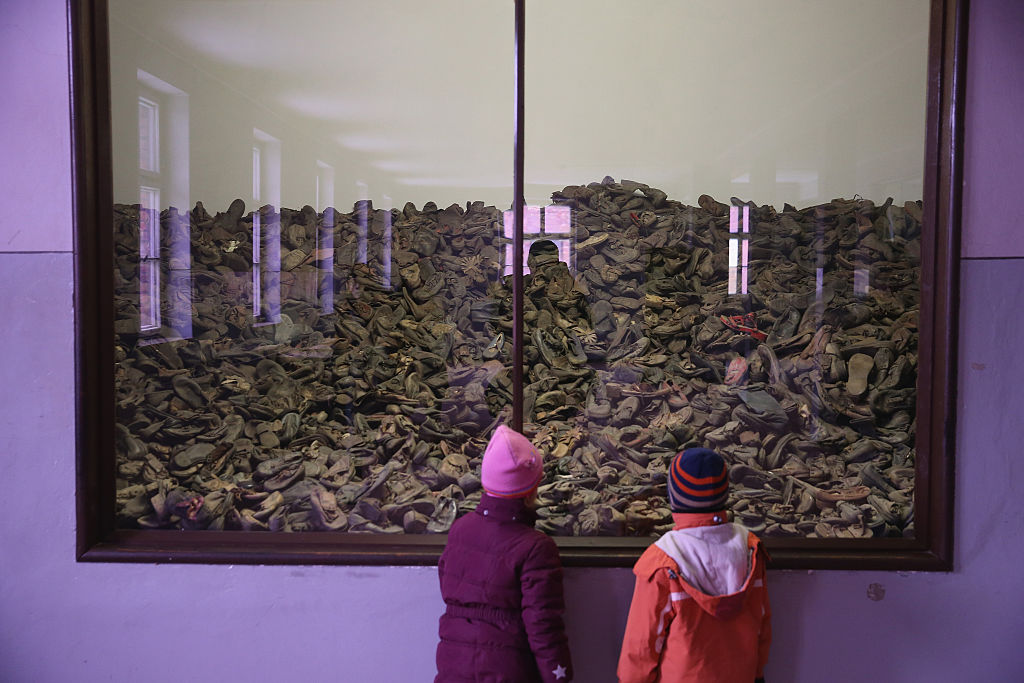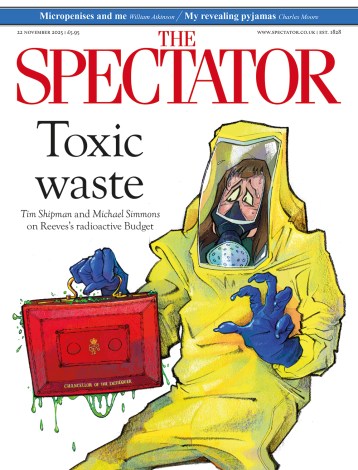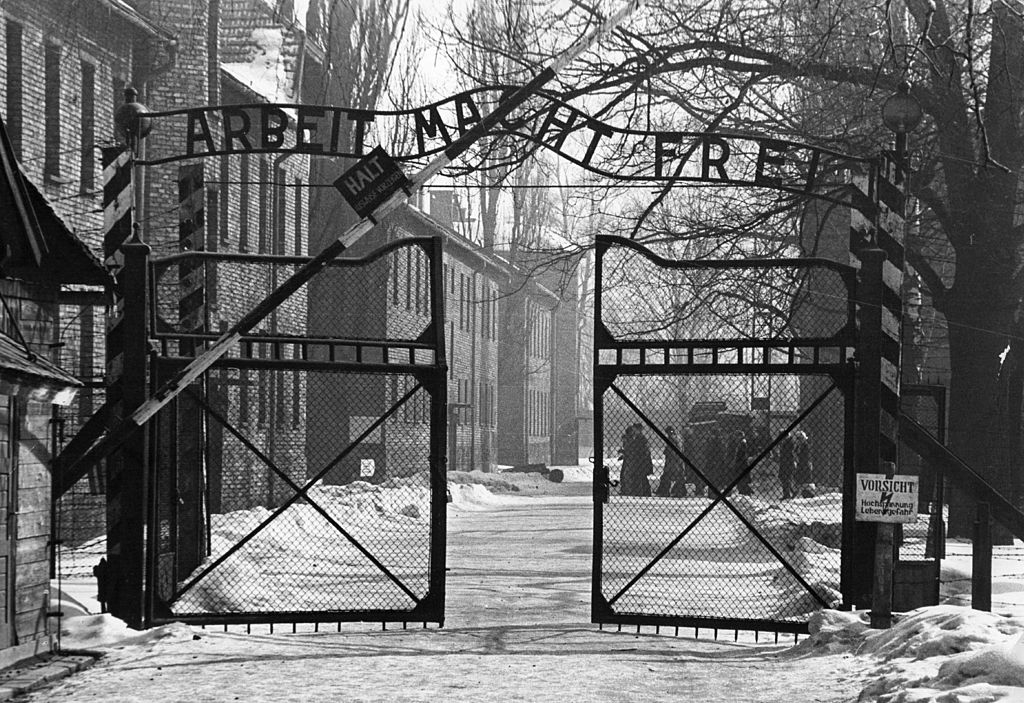Is the Auschwitz museum suitable for children? I pondered that question on a visit accompanied by a plane load of secondary school teachers, organised by The Holocaust Educational Trust. The Holocaust was first included on the UK’s National Curriculum in 1991 and the Trust charters aeroplanes for a professional development course for UK teachers, taking them to Auschwitz and back within a day. It aims to increase their understanding of the atrocity so that they can teach it more effectively.
That it’s possible to fly from London to Krakow in Poland and back with budget carriers and then take a cheap bus ride or short rental car drive to Auschwitz all within 24 hours makes the idea of visiting compelling, and affordable for British families. The closest many of us get to visualising the horrors of the Holocaust is through film, from Schindlers’ List to JoJo Rabbit. And whilst cinema plays an important role in recreating events, it can also lend them an air of fiction and detach us from their reality. A physical visit to the camps is surely the antidote – especially for a generation of children who will soon be learning about the Holocaust without the direct experience of living survivors to draw upon.
My tour started at the main camp, Auschwitz I, by walking through the infamous gate with its ironwork sign that reads ‘Arbeit Macht Frei’ (Work sets you free). It contains the permanent exhibition, featuring photographs, documents, historical exhibits including prisoners’ garments, bunks and other furnishings from prisoner rooms, and items seized from Jewish deportees. We saw piles of suitcases painted with their owner’s names, pots and pans, mountains of spectacles and shoes (there are 110,000 of the latter), Jewish prayer shawls, hair shaved from prisoners’ heads (more than a tonne of hair is here), and shaving brushes – a tiny proportion of what once existed. The Nazis destroyed most of it, as it constituted evidence.
A handful of visitors seemed to be treating the place as though it were like any other day out, even smiling for selfies
Despite the sickening physicality of these exhibits, a handful of visitors seemed to be treating the place as though it were like any other day out, even smiling for selfies. Another teenager wore a Mötley Crüe tee-shirt with a skull and crossbones. However, I saw numerous others completely absorbed in the surroundings, taking in the stark facts and surviving features of the camp before them. The museum contained photos showing belongings of victims being sorted, portraits of prisoners at entry to the camp and ones showing their rapid physical demise. Among these were photographs of children, appallingly malnourished, four months after liberation. It is images such as these that will sit most vividly in the minds of the young people who visit – people their age or younger suffering an unimaginable fate. There were canisters that had contained the poison Zyclon B and a harrowing picture of four Roma children, victims of Dr Josef Mengeles’ medical experiments. Ninety per cent of children sent to Auschwitz were killed on arrival, but twins were kept alive for medical experiments.
Pictures of prisoners displayed along corridors showed how long they survived at Auschwitz. For some it was just days; the average was three months. There was also a room of films showing very different scenes of Jewish people around Europe in the 1920s, before the horror began. During the visit I talked to Martin Winstone, an expert on the Holocaust, whose books include The Dark Heart of Hitler’s Europe: Nazi Rule in Poland. ‘I have been accompanying teachers on these trips for some years now and it is very worthwhile,’ he said. ‘The hate you see during today is sadly very alive and well around the world right now, and these trips have become more and more relevant. Nothing beats actually visiting and these trips are invaluable for helping teachers to tackle what is a very difficult subject with their pupils.’

We walked through barracks where prisoners would sleep crowded on the floor, on straw-stuffed mattresses. We saw the sites of medical experiments and were led through a gas chamber, a concrete, windowless building, and the crematorium next to it.
Standing near Rudolf Hess’s villa, located just by the gas chamber and crematorium, and seeing how the perpetrators lived comfortably so near the horror, brought to mind the film The Boy in Striped Pyjamas. This film, along with Life is Beautiful, contains multiple inaccuracies – for example, few children would survive in the camp for long, and the fences were electrified. This sort of poetic license may be maddening for historians. But at least the films have helped introduce the Holocaust into the popular consciousness of the next generation. The camps themselves are full of the sorts of harrowing details forgotten by the broad brushstrokes of blockbusters – and it’s these details young people should be encouraged to encounter for themselves: they turn history from dead fact and whimsical fiction into something present and instructive.
Extermination camp Auschwitz II-Birkenau is also open to visitors. It has those unforgettable railway tracks crossing through the entrance, where it was decided whether each prisoner would live or die. Ninety-eight per cent of prisoners here were Jewish. They said prayers and carried out rituals every day. In a place wiping out Judaism on a colossal scale, they were keeping their religion alive. Barracks, each three bunks high and housing around 700 prisoners, had no heat or water, and very little food. We walked up to a railway cattle wagon. The cramped journeys to the camp, often over several days, were disorientating and demeaning. The trains could be stiflingly hot and so after a four-day trip being told you could have a shower at the end would possibly appear appealing. We made our way through ruins of crematoria and a gas chamber, and into the processing centre where new arrivals were stripped, searched and disinfected.
I came away from the camp thinking that yes, it is a good idea to take your children here. Indeed, we should take note of the approach taken by German schools where teaching about the Holocaust and the Nazi era is mandatory. As well as what they learn in the classroom, virtually all German students will have either visited a Nazi-related museum, Holocaust memorial or concentration camp by the time they leave school. Hitler youth statues are even left up in areas like the Black Forest to underline the fact that the past is there to be learnt from, not avoided, or worse, eradicated.
But what’s the appropriate age for a visit? It is widely advised that children should be 14 or over before they make the trip. This is the youngest age suggested for visitors by the Auschwitz museum, and indeed the same age recommended by the Imperial War Museum in London for its Holocaust exhibition.
Much of history is now shrouded in a culture of safetyism where what should and should not be taught is up for constant debate. But Auschwitz shows the value of encouraging children to encounter the past in all its raw and uncompromising detail. It’s one of those rare historical sites where the unadorned facts are allowed to speak for themselves. By taking our children to visit, we increase the chance of such episodes never happening again.
Further information: The Holocaust Educational Trust ; Auschwitz






Comments